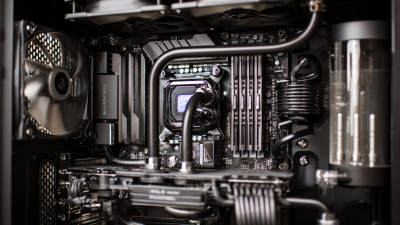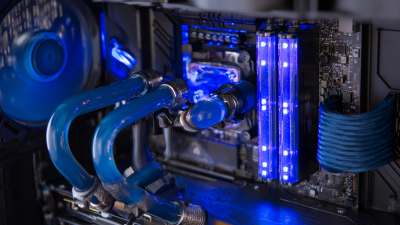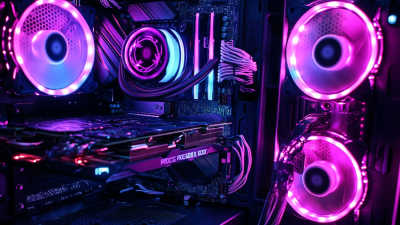Leave Your Message
- Phone
- E-mail
- Whatsapp


When building a custom PC, one of the most critical components to consider is the cooling system, with the Liquid Cooler Radiator being at the forefront of efficiency and performance. A well-chosen radiator can make a significant difference in maintaining optimal temperatures under load, allowing for higher performance and longevity of the components. From size and material to fan compatibility and aesthetics, there are numerous factors to evaluate when selecting the right Liquid Cooler Radiator for your build. This guide will delve into the essential considerations and the best types available on the market, enabling you to make an informed decision that suits both your performance needs and personal style. Whether you’re a seasoned builder or a newcomer to the world of PC customization, understanding these elements will help you achieve a cooler, quieter, and more efficient system.
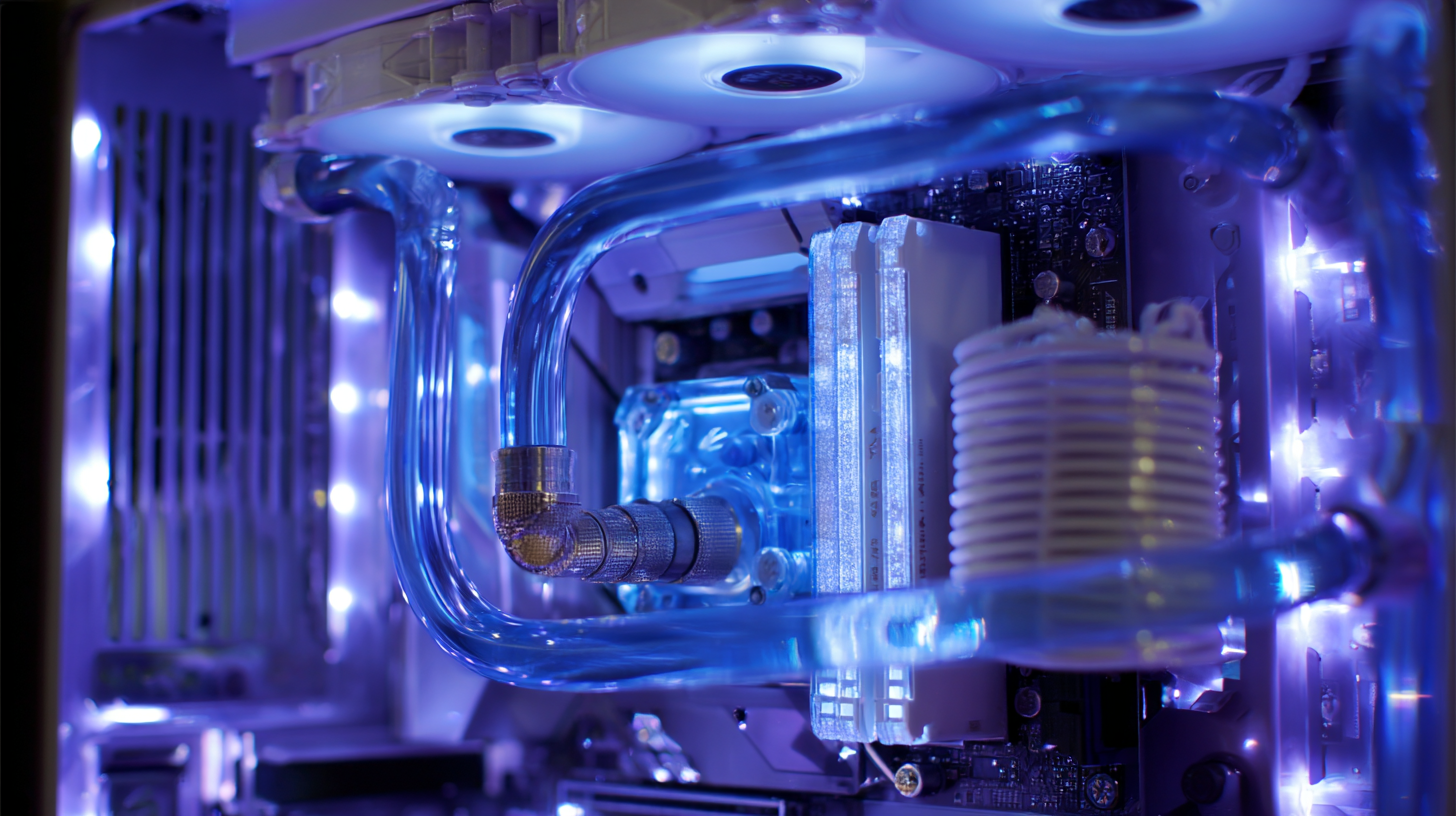
When building a custom PC, selecting the right liquid cooler radiator is crucial for ensuring optimal performance and thermal management. Liquid coolers are generally categorized into two main types: closed-loop systems (CLCs) and custom-loop systems. Closed-loop systems are easier to install and require less maintenance, making them ideal for beginner builders. According to a report by TechSpot, CLCs represent about 60% of the liquid cooling market due to their simplicity and effectiveness in dissipating heat from high-performance CPUs.
On the other hand, custom-loop systems offer superior cooling performance and aesthetics but demand more effort and expertise. These setups allow for greater flexibility in design and can incorporate multiple radiators and components tailored to specific cooling needs. A study from Hardware Canucks highlights that custom-loop systems can reduce CPU temperatures by as much as 20% compared to air cooling solutions, making them a preferred choice for overclocking enthusiasts. Understanding these types and their functions can significantly influence not only the cooling capabilities but also the overall efficiency and longevity of your custom PC build.
| Radiator Size | Cooling Performance | Fan Compatibility | Noise Level | Common Use Cases |
|---|---|---|---|---|
| 120mm | Moderate | 1 Fan | Low to Medium | Budget Builds, Basic Gaming |
| 240mm | Good | 2 Fans | Medium | Mid-Range Builds, Gaming, Overclocking |
| 360mm | High | 3 Fans | Medium to High | High-End Gaming, Serious Overclocking |
| 140mm | Good | 2 Fans | Medium | Mid-Range and High-End Builds |
| Double Radiator (240mm or 280mm) | Excellent | 2-3 Fans | Low | Extreme Cooling for Overclocking |
When building a custom PC, selecting the right liquid cooler radiator is crucial not only for performance but also for compatibility with your case. Radiator sizes typically range from 120mm to 420mm, with larger sizes providing more cooling potential due to increased surface area. According to a 2022 report by Tom's Hardware, systems equipped with radiators larger than 240mm can achieve temperature improvements of up to 15°C compared to smaller configurations under load, making size an essential factor for optimal heat dissipation.
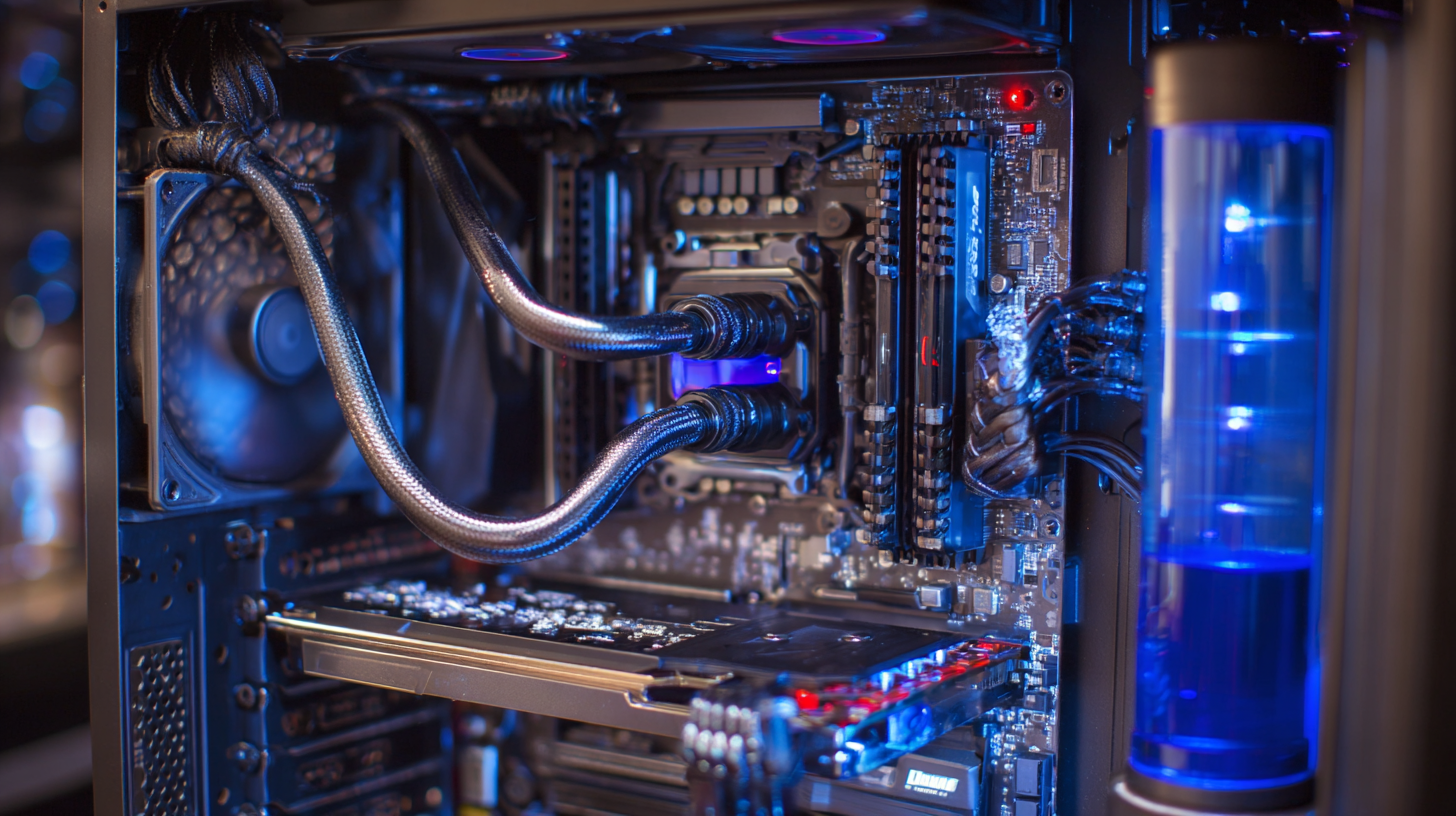
Compatibility with your PC case is equally important in this selection process. Most cases will specify the maximum radiator sizes they can accommodate, typically found in the product specifications. A study by AnandTech indicates that improperly sized radiators can lead to inefficient cooling or even hardware damage due to heat saturation. Therefore, it's critical to measure the space within your case and consider factors like fan orientation and airflow patterns to ensure that your chosen radiator fits well, ensuring both cooling efficiency and system stability.
When selecting a liquid cooler radiator for your custom PC build, the choice of material can significantly impact thermal performance and durability. Most radiators are made from copper or aluminum, each offering distinct advantages. According to a 2021 report from TechPowerUp, copper exhibits superior thermal conductivity, which translates to better heat dissipation efficiency. It can absorb heat more rapidly, leading to lower operating temperatures for your CPU and GPU. This is particularly critical for high-performance systems that exert greater heat output during intensive tasks.
Aluminum, while generally less conductive than copper, has its own merit in terms of weight and cost-effectiveness. The same TechPowerUp study found that aluminum radiators are lighter, making them easier to install without compromising on structural integrity. Additionally, aluminum is less susceptible to corrosion, which can be a crucial factor in long-term liquid cooling setups. Users on forums such as Overclock.net have noted that while copper's thermal performance is hard to beat, aluminum's resilience often makes it the preferred choice for builds aiming for longevity and reliability, particularly when paired with appropriate cooling fluid formulations.
When selecting a liquid cooler radiator for your custom PC build, understanding the specifications of radiator fans is crucial for achieving optimal cooling performance.
The size and RPM (revolutions per minute) of the fans play a pivotal role in airflow and static pressure.
According to a report by Tom's Hardware, larger fans (140mm vs. 120mm) can often move the same amount of air at a lower RPM, which in turn reduces noise levels while maintaining cooling efficiency.
This is especially relevant for users looking for a quieter operation without compromising thermal performance.
Tip: Prioritize fans with a higher static pressure rating if your radiator has dense fins, as this ensures that air can effectively penetrate through the radiator and dissipate heat adequately.
Moreover, fan blade design can significantly influence cooling efficacy.
Fans with more blades or those designed with aerodynamic properties can enhance airflow stability.
A recent review from AnandTech indicates that some models can achieve a 20% increase in cooling performance with optimized blade geometry.
Choosing the right combination of fan specifications will not only enhance your cooling solution but will also extend the lifespan of your components by maintaining low operating temperatures.
Tip: Consider noise levels measured in decibels (dB) when selecting fans; quieter options (around 25 dB) are ideal for builds intended for gaming or multimedia usage, where noise minimization is paramount.
When selecting a liquid cooler radiator for a custom PC build, aesthetic factors play a crucial role alongside performance and compatibility. Enthusiasts understand that the visual appeal of a setup can enhance the overall experience, which is corroborated by a report from Market Research Future, indicating that 60% of gamers consider the aesthetics of their gaming rigs as important as their computational capabilities. This highlights the growing trend where RGB lighting, sleek designs, and color coordination of components are integral to the buying decision.
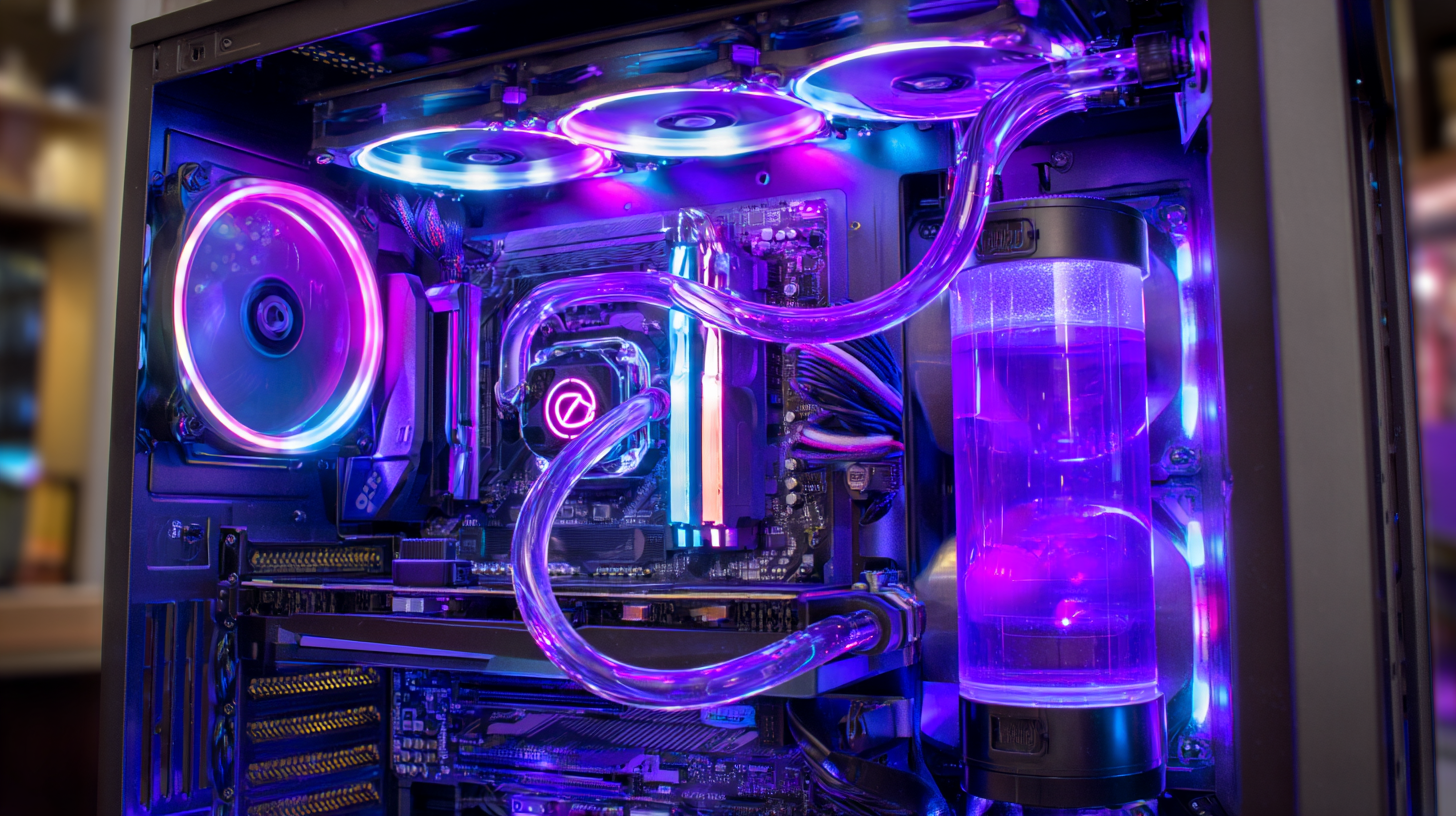
Furthermore, the variety of radiator sizes and materials available enables builders to meticulously tailor their setups to their personal tastes. For instance, a 240mm radiator might blend perfectly with minimalist designs, while a 360mm unit could accentuate a more aggressive aesthetic. According to a study by The NPD Group, the demand for customizable RGB cooling solutions has surged, with sales of RGB liquid cooling products increasing by 45% year-over-year. As a result, when choosing a liquid cooler radiator, it’s essential to consider not only the technical specifications but also how well it integrates with the overall theme and color scheme of the build.



